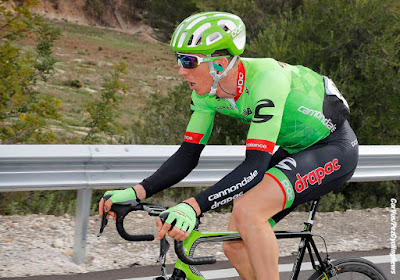It is really strange how both the sales of
my bicycles and the accumulation of new projects always come in bunches. I only
wish I that I could figure out why it happens, as it definitely isn’t a
seasonal thing, and it doesn’t seem to matter if they are vintage or modern
machines.
There can be a lull in activity over a few
weeks, with perhaps only an occasional question asked about the bikes I have in
stock, then all of a sudden two or three are out the door in a matter of days.
Similarly, there will be a period during my eBay/craigslist searches when
nothing is particularly jumping out at me, and then all of a sudden, some interesting
frames and inexpensive components will become available all at once!
It rarely happens, but this time around, the
patterns occurred to my advantage, in that I had funds accumulated from recent
sales, which expanded my budget a bit when desirable products became available.
Usually I end up having to choose between purchases and hope the other is still
available later. Sometimes I luck out and a price will drop by the time I get
back for that second look, but more often than not, I just miss out.
One of my “second look” projects is a Vitus
992 frame – yes, another Vitus – that is identical to the one currently in my
collection, although this one is 53 cm. This version from a seller in Augne, France, will need a little touch-up to
the paint in areas and also a new set of decals. I had received a bunch of
compliments on my bike, and I thought it would be fun to give this one a more
complete Mavic component treatment than mine. It will be a bit more expensive,
but the rare parts will be quite an attraction.
I had bought a couple of reasonably-priced Mavic
derailleurs as extras during parts searches for the previous Vitus builds, and
I found a stem/handlebar combo that didn’t have an outrageous price tag. I also
came across a really nice vintage Mavic wheelset, but I think that the brakes,
levers and crankset are going to require some patience. Many of the purchases
will take a while to get here from overseas anyway, so it’s not like I’m in a
hurry.
The rest of my acquisitions are Italian,
including a Colnago Master X-Light that was part of an NYC “Colnago swap” that
I undertook last Wednesday. I arranged to meet two very nice gentlemen, one in
Brooklyn who had paid for the Colnago Mexico a couple of weeks ago and was
trying to arrange pick-up around a busy schedule, and the other was selling the
MX-L in the Bronx.
I got a great deal on the MX-L, as the
seller dropped $300 on the total price, since we could avoid shipping and the
eBay fees if I paid cash on site. I put in a quick call to the fellow in
Brooklyn to let him know I would be willing to stop by first with his Colnago,
and he even offered to pay my tolls to get there!
Things would have been perfect had it not
been for he ungodly traffic. I had no idea there was a Yankees game, and I’m suspecting
some other road mishap was a contributing factor, but what should have been an
easy(ish) 45-minute trip up I-278, turned into 2½ hours! It wasn’t like I had any
options to exit the highway, as most of the time I was trapped on bridges with
nowhere to go. Luckily the seller and I were in constant contact, and he was
very understanding of the situation.
I’m not exactly sure which way I’ll be
proceeding with this bike, as it is pretty much ready-to-ride (except for
tires/tubes), with an excellent Campagnolo Record Titanium 9-speed group
already installed. However, I had contact with a prospective buyer who may want
a more modern carbon 10- or even 11-speed group swapped in.
Another Colnago, which is a little bit of a
mystery, is on its way from Texas. This beautiful aluminum frameset with
Italian colors has an identical paint scheme to the pricey “Extreme Power”
carbon frames the company released in 2008. So, I definitely know the year, I
just can’t find anything on the specific model name. In many cases, I have seen
companies like Pinarello and Specialized put out aluminum replicas of their top
carbon bikes, and I’m assuming this is something similar.
My plan on this build will be dependent on
which direction I end up going with the Master X-Light bike, using whichever
groupset is “left over”, but it will definitely not be a second-rate machine in
any case!
Yet another Italian frame is coming from
Bologna, Italy, and this one, a mid-1980s Battalglin (baht-tahl-YEEN) has an interesting little backstory.
The downtube
sticker shows the bike was originally purchased in Verona,
from a shop owned by Luciano Conati, a former pro racer who won a stage of the
1976 Giro d’Italia and also rode in that year’s Tour de France for his SCIC
team. I was excited to find out that originally his squad rode Colnago bicycles!
Unfortunately, Luciano died in February of last year and his shop closed, but I
found some classic photos of him on CyclingArchives.com.
More to
come, of course...






